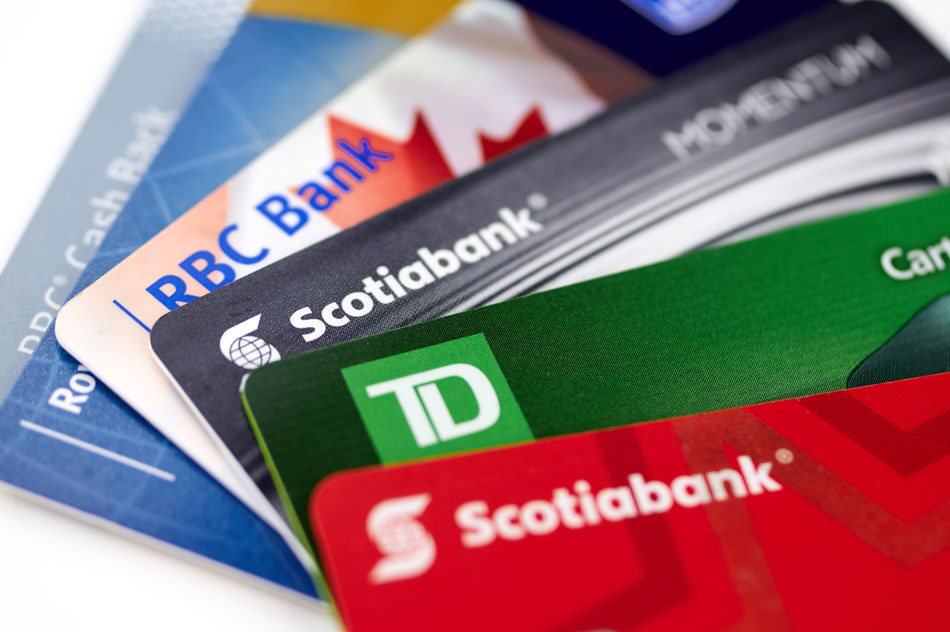
Canadian Financial Institutions, Credit Cards, and Debit Cards
There are two main types of financial intuitions in the province of Ontario – banks and credit unions. While banks belong to a limited number of shareholders the credit unions belong to all its customers. Both institutions provide various financial services:
• Chequing and savings accounts
• Internet and telephone banking
• Debit cards for accessing the account at automated banking machines and for Interac point-of-sale transactions
• Credit products such as credit cards, loans, and mortgages
• Investment products
For the most part, both institutions charge monthly service fees while some may offer promotional no-fee banking options. Students are advised to explore their options with these institutions because some banks offer services designed for international students.
A lot of Canadians use debit cards to pay for purchases (Point-of-Sale system used in Canada is called Interac), process financial transactions at automated banking or teller machines (called ABM or ATM). While not all international cards will work with Interac the majority of them should work with ABM or ATM in Canada, although fees charged by the bank could high.
Credit cards are a very common method of payment. Credit card users have to pay monthly for their purchases and pay interest charges on any remaining balances. The interest rate is a percentage of the amount borrowed and it may vary depending on the credit card. Regular credit card payments help to build a credit history in Canada and those with a good credit card history are good candidates for loans.
For information on banking, credit and investment products visit Financial Consumer Agency of Canada at